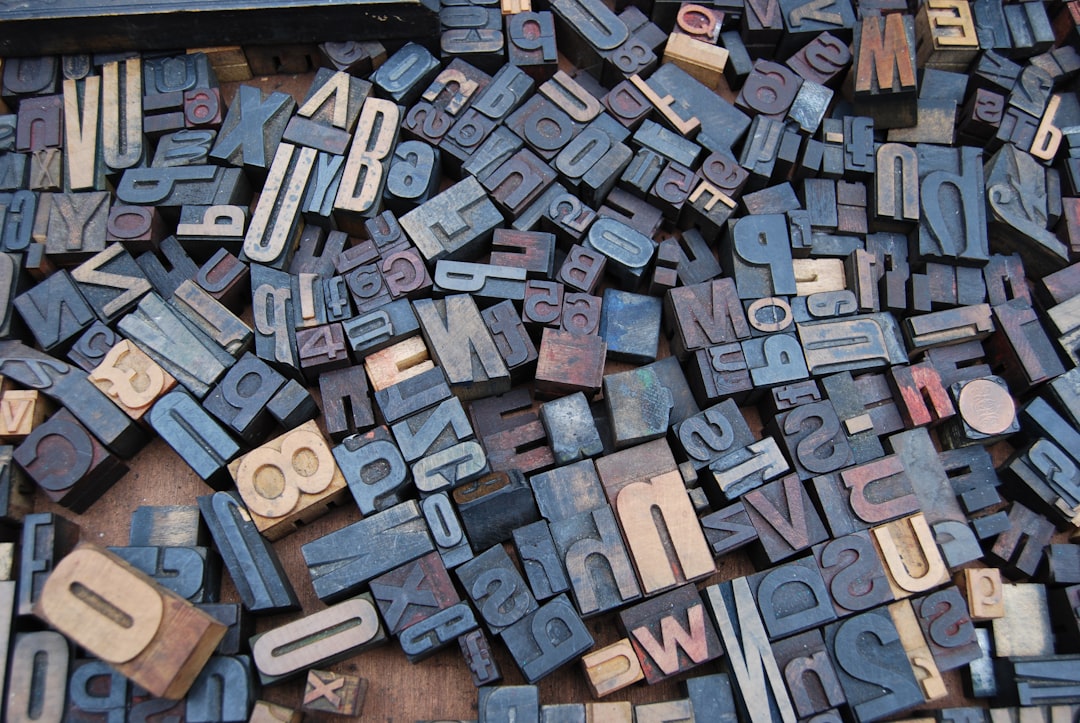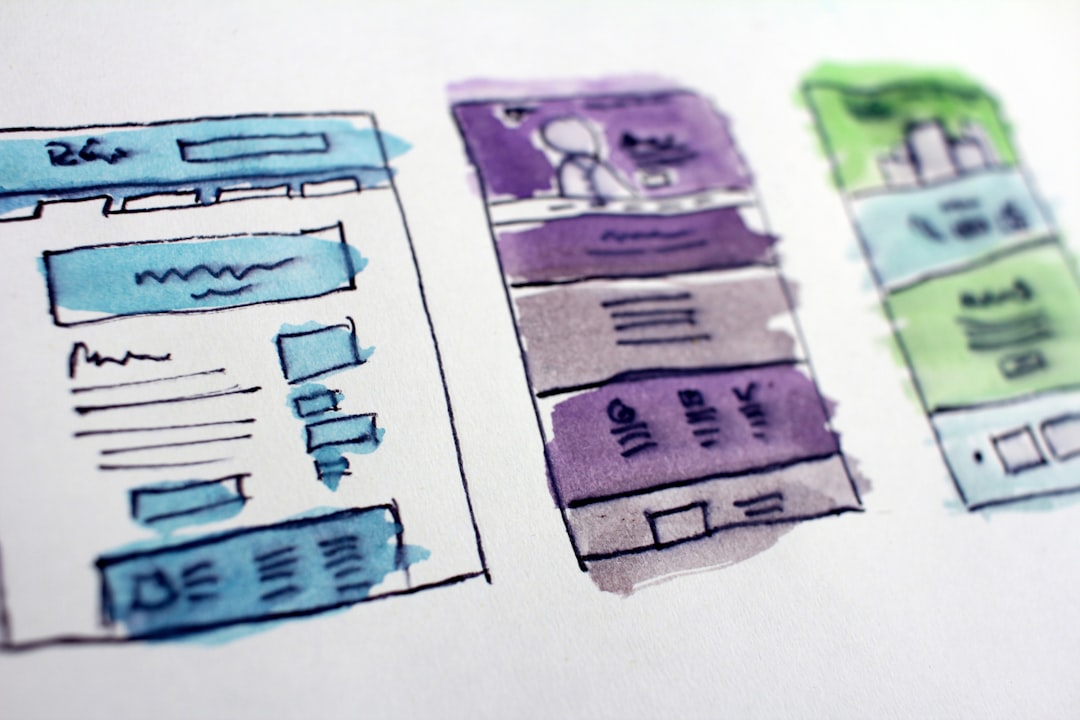Things I learned in my first year as a content designer

It’s been one year since I started my role as a UX content designer. The changes from working in marketing/communications in the nonprofit education sector have been huge. Here are some quick things I learned about searching for a new role, what content design entails, and more.
Quick plug - Do you enjoy creative writing? Check out my other Substack
FAANGs set the narrative, but they can be misleading
When you have really big tech companies like the FAANGs (Meta [fka Facebook], Amazon, Apple, Netflix, and Google), it seems inevitable that they’ll dominate the narrative about what it means to work in tech.
When I first toyed with the idea of changing careers I was skeptical about corporate work in general and tech specifically. From the cultish culture to the high-speed, low-drag work style, I thought for sure I’d drown. I mean, working in nonprofits was no walk in the park but you read stories by tech folks and it all just sounds abysmal. There was also the question of whether I was willing to put a lot of energy into fighting my way through a male-dominated sector.
After a handful of interviews and landing my current role, however, I realized this wasn’t true. Maybe it’s UX, maybe it’s my employer, or maybe tech is getting better. I’m not entirely sure. What I do know is that I work with a beauteous mix of people from around the world, and I’ve enjoyed my time with them thus far. I haven’t fought “that fight.”
And what about that high-speed, low-drag work style?
Despite being within the tech stack, I haven't felt the insanity I've often read about. But I'm in UX, so it might be different for engineers.
I’m not going to lie though. There are days where a project needs to be turned around rather quickly. There are kerfuffles here and there. But for the most part, this new role has been very balanced.
Disappearing into the zone
I've always considered myself a very quick and efficient worker. But a year as a UX content designer made me understand and even appreciate why I got to be so quick.
Working for nonprofits in the past necessitated being very fast amid a caravan of distractions throughout the day and constantly pivoting. Out of this state of affairs was borne the need to be very, very fast. And efficient. It was a certain kind of hell. There was a lot of talk about “protecting your time” and finding a balance for focus time and meetings but that seemed to be an option available only to a certain few. No matter how hard I tried, I couldn’t get into the zone.
I brought this hyper convoluted and anxious need to be fast with me into my current role as a content designer. Snap snap snap. Churn out the work and keep moving. It took me about four months to realize I actually didn't need to be this way. And what a relief this was.
While I retained a healthy element of my quick-paced efficiency, I looked even more closely at guarding my time. First I tried blocking chunks of time between meetings to avoid the dreaded back-to-backs. It kind of worked… for a time. These chunks ranged between 30 minutes to an hour so it wasn’t as conducive for meaningful uninterrupted time to really get into the zone. The context-switching between meetings and tasks was more exhausting than just having a succession of meetings.
Next I blocked off whole mornings or afternoons, which seemed to work with different time zones. Since half of my immediate team is based out of the West Coast, getting 2-3 hours in the morning was doable. Again. This sort of worked. The string of meetings every day that crept onto my calendar and kept that “zone” elusive.
I was left with at least one last option: block an entire day as a “no meeting” day. But I couldn't really do this could I? It seemed uncouth. Would I come across as inaccessible? Uncollaborative? I kept going back and forth on this until I learned that whole teams were doing this as a general practice.
I spoke to my team about it. Everyone was onboard! Actual practice varies but my “no meeting day” has been respectfully observed, and I guard it like a dog and its bone. This isn’t to say I'm completely inflexible. I do make allowances when no other dates or times can be found but this has been extremely rare.
Now I get at least a full day of uninterrupted time to really, deeply focus on my work. We still do asynchronous communication but no one’s obligated to respond right away. In summary, this set-up has been working really well.
Content design is UX design

When I first started this new role, the name “content designer” was a recent change from “UX writer,” which was previously “technical writer.”
In a lot of ways, “content designer” more accurately reflects the work we're doing alongside product designers. And this may be why the department opted to change it. Unsurprisingly, the title can be confusing to most at first. After all, thinking about content as design the same way visual graphics is design is a relatively new phenomenon. It’s not just about words. It’s not just about writing.
In a way that wasn’t possible in my past roles, I fell into a comfortable position of evangelizing what content designers do and how we collaborate with product designers. I felt very at home in Figma and working alongside product designers building, iterating, and analyzing design explorations. My constant appearance has paid huge dividends for content as well as localization and accessibility. I even started incorporating OOUX principles into my work which has been really helpful for tackling complex design challenges.
Learning, sharing, leading
Professional development was something I jumped on really early. I love learning, and one thing I’ve come to enjoy is teaching others what I’ve learned, and sharing learning opportunities to others.
Since starting, I’ve attended a few conferences and webinars, and amassed a healthy list of events to share with my UX colleagues. And these aren't limited to content design and UX writing either. I collect a wide range of topics that may be of interest and relevance to my teammates, from ecosystem mapping and UX research to accessibility and information architecture.
This sharing has resulted in multiple initiatives, including a yet-to-be launched weekly digest that better aggregates and consolidates this information. I'm excited to be part of this resource and can't wait to see how it grows in the coming year.
I’m also putting together a training and development program for my content colleagues that will be expanded to include product designers. It's still in the early stages but initial conversations with my content design manager are promising.
I’m also on a few other committees focused on team building, skill building, style guide work, and more. Dream big. Find those who'll support your ideas and push back when it seems too fantastical. I’ve definitely grown a lot more in the my first 12 months as a content designer than any other place.
Improving where improvements can be made
I'll end with this one: I weirdly enjoy systems and processes, and organizing them in an efficient way that benefits my colleagues. This includes the utter tedium of documentation.
It's easy to work in a design and iterate and iterate without pausing to document those iterations and making note of why they work or not, or the questions that were raised and their answers. But continuing down this path could lead to problems later on when redesigns happen, or a project is revisited after being shelved for a time.
The upfront effort is no small feat but it makes what comes later easier. That's the idea, anyway.
My output from this includes modifying and experimenting how we create content design briefs, how to document my achievements throughout the year, making a push to use Jira as a centralized way to track our tasks and work seamlessly with product managers and developers.
It’s all still a work in progress but the changes that we’ve made in my first year have been tremendous. I’m excited to see what Year 2 brings.


